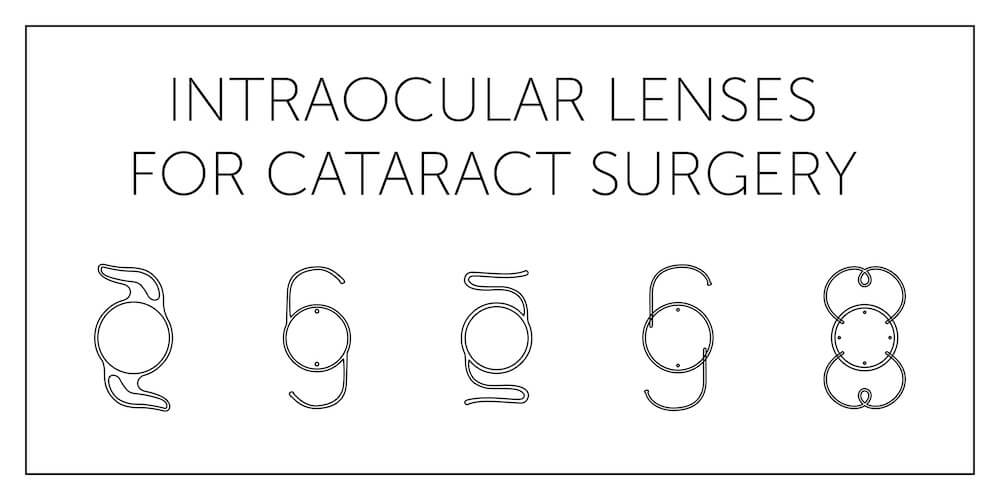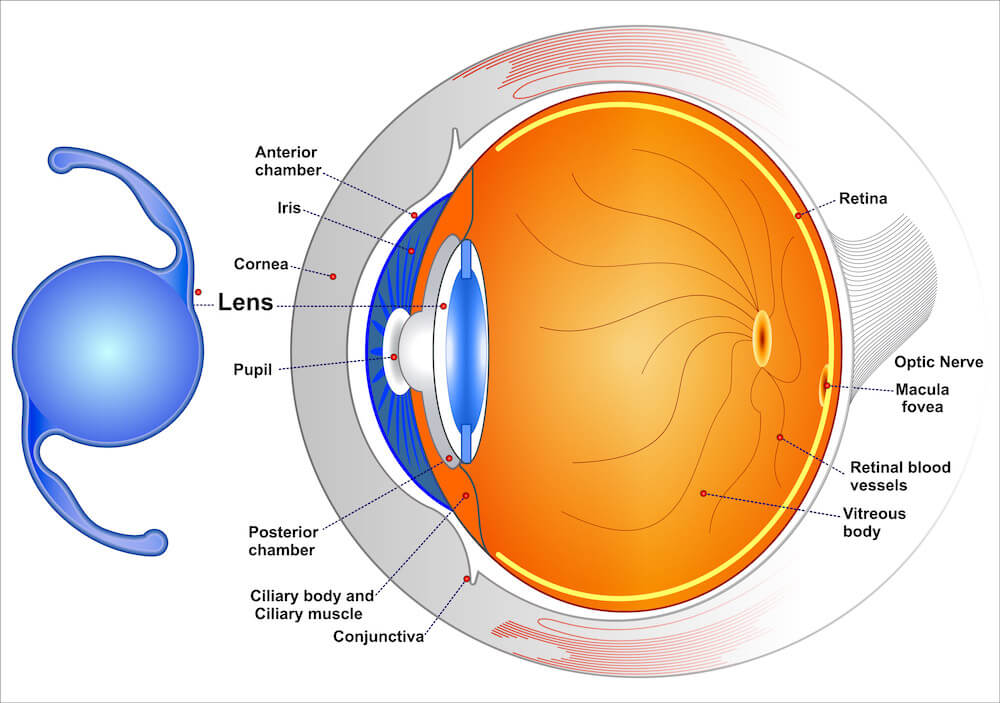
A cataract is the clouding of an eye’s lens. Cataracts form when the two dominant elements that make up our eye’s lens, water and protein, “clump”together and blocking/blurring vision.
Everyone will eventually get cataracts. Regardless of gender, race, or daily habits, you will get a cataract one day. This condition is very common and affects nearly half of all Americans by the age of 80. The good news is that you don’t have to live with cataracts.

If you answer “Yes”to any of these questions, you may be showing early signs of cataracts, or have a cataract already.
The surgery center at the Delaware Eye Institute combines the most modern eye surgery technology and technique
with a warm and friendly atmosphere. This combination promises patients an unparalleled surgical
experience.
Modern cataract surgery has undergone a revolution in the past decade. Today,cataract
surgery is less invasive than many dental procedures. The newest-generation equipment offered at the Delaware
Eye Institute is more efficient and gentle on the eye. This efficiency leads to more patient comfort, less
inflammation, more rapid recovery and better visual outcomes.
Intraocular lenses(IOLs) are permanent, replacement lenses placed in the eye following removal of a cataract. Like a camera lens, IOLs focus your vision and deliver a crisp, clear image.

Different types of premium IOLs can target different pre-existing refractive errors such as astigmatism, farsightedness, and nearsightedness.

Premium IOLs are far more advanced than the standard lenses used for lens replacement.While standard lenses are effective in improving vision and delivering a clear image, premium lenses can specifically correct astigmatism as well as distance, mid-range, and near vision, reducing or even eliminating dependence on glasses or contacts for many patients.

Yes! For those who have already developed a formal cataract, typically found in patientsages 60 and above, we recommend modern cataract surgery.
By the age of 65, most Americans will have developed cataracts, which occur when your human lens becomes clouded to such an extent that it affects your vision and quality of life. This condition typically occurs with age, but can also result from trauma, disease, and use of certain medications.
Several groups have an increased risk for developing cataracts and eventually need cataract surgery. Examples include:
Cataract surgery isa simple procedure with a great success record. The clouded natural lens is replaced with an artificial lens called an intraocular lens(IOL). It is done on an outpatient basis with a topical anesthetic that will make it a painless procedure. One eye is done at a time, with a short healing period in between.
After making a very small incision outside your field of vision, your eye surgeon will insert a tiny probe and use ultrasound to break up the clouded natural lens. With suction, the pieces are easily removed, and through the same incision, the IOL is inserted and positioned correctly. You may have a protective shield to wear during sleep for about a week, and your eye surgeon will prescribe eye drops to be used several times each day for several weeks. For best results, it is very important that you follow your surgeon’s post-operative instructions exactly.